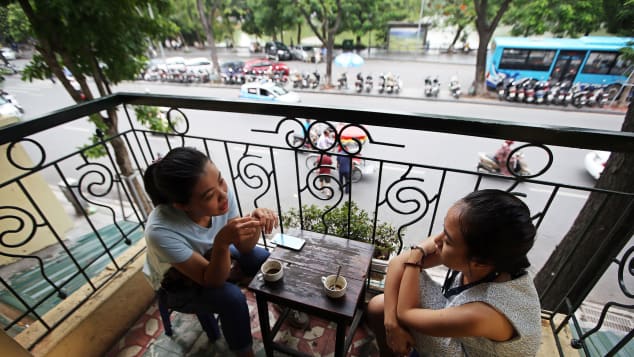Tourism boom threatens Vietnam's 'Tonkinese Alps'
'If building continues at this rate, then one day we will lose Sapa.'
Throngs of giddy tourists wield selfie sticks on the peak of Vietnam's Fansipan Mountain.
Amateur trekkers once spent two days slogging to the top for a photo of Lao Cai Province's undulating rice fields.
But most in today's crowd take a 20-minute cable car to the highest peak in Indochina.
Insiders say this quick ride has upended tourism in the tiny mountain resort of Sapa, where the completion of a new highway to Hanoi coincided with a boom of hotel construction.
"If building continues at this rate, then one day we will lose Sapa," said Giang Thi Lang, a guide and member of the Black Hmong ethnic group. "We won't have any more mountain."
'They didn't listen'
In Sapa, lots piled with rubble mark out the sites of future hotels.
Way back in 2009, the misty hill station had a permanent population of just over 50,000 people. The following year, it reported 2,500 hotel rooms. Last year, it had 4,000, according to official figures. Visitor numbers snowballed too, hitting 700,000 in 2015. During the same period, tourism revenues tripled to yield a whopping $50 million. At the center of that growth lies the Fansipan Sa Pa Cable Car—the longest in the world, which launched its maiden voyage in February. The three-rope system now has the capacity to ferry 2,000 people to the mountaintop, daily.





No comments:
Post a Comment